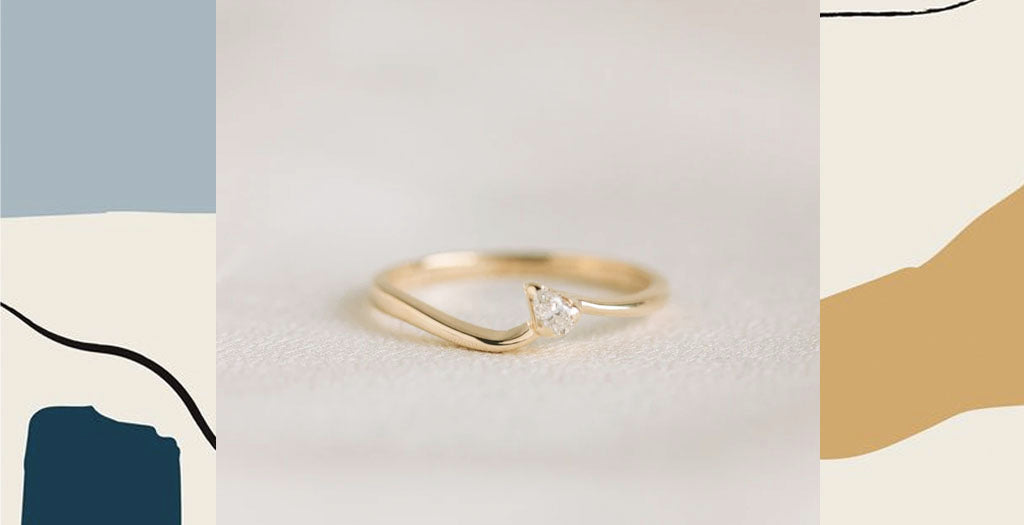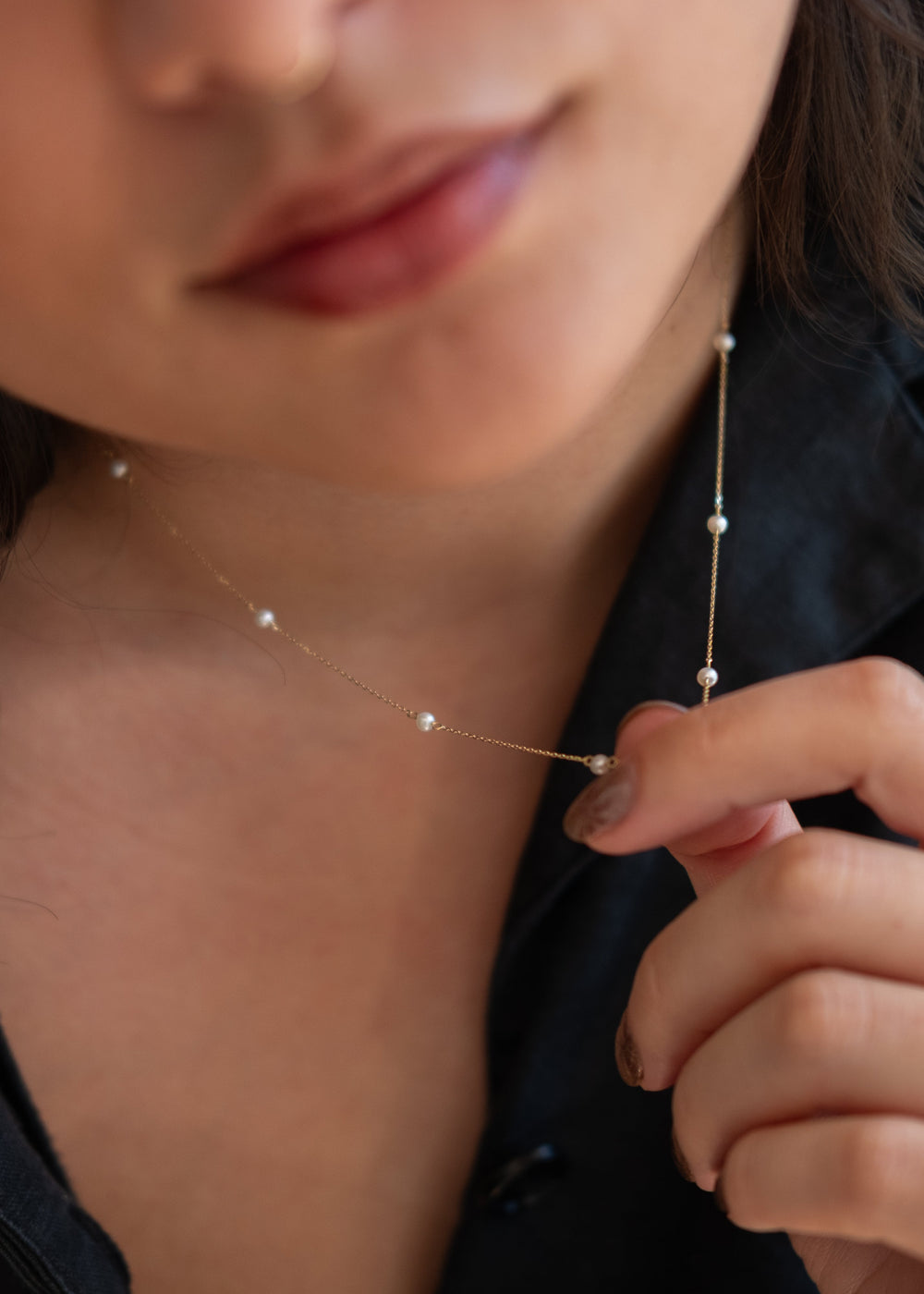Vintage rings are back in full force. Get a taste of the mania on our last blog post, 6 reasons to buy vintage. But, just like every other big purchase, there are some specifics to keep in mind as you strike out into the vintage market. It's often not as simple as wandering into a pawn shop and striking gold—you need to do some prepwork, some research, and ask the right questions to be sure you're finding and investing in a ring you love.
Featuring the Kelly Ring.
Pick your era
The first thing to research is which designs and trends belong to which era. An Edwardian Ring, for example, named for King Edward VII of England, are from 1900 - 1910, and generally feature the centre stone set in a halo. They can be super elaborate. You might prefer the art deco era, which is generally blunter but so glamorous and beautiful. Figure out which era you prefer, and this will help you narrow your searches and potential dealers.

Featuring the Munro Ring.
Know the limitations of stones
The sad truth about the many beautiful gems we use as centre stones is that not all stones are made with the same strength. Diamonds? You're set. A well cared for ruby, sapphire, or aquamarine? You should be all good. But pearls, or opals? Very few vintage rings with such centres will be in good shape. Pearls and opals are so soft that it's very difficult to preserve them, especially through several decades. Visit our gemstone guide for more information here.

Featuring our Brooks Ring.
Make sure you're certified
Buying vintage does complicate the process, though. As vintage rings are often one-of-a-kind, it's tough to know the specifics of the carat weight, the gold, the date. So when you purchase your ring, look for an appraisal. The appraisal will be supplied, ideally, by the seller, so you can know exactly what you're paying for. All vintage rings over $800 that we sell, for example, come with an appraisal.
This is super important information to take with you when you get your ring insured. Because your ring is probably one-of-a-kind, if something were to happen to it, there's not much that could be done to replace it. You should at least have coverage to shop around for a new ring, if something terrible happens to your first choice.

Work with a reputable dealer
This tip pairs well with the last—you'll want to be sure to find a dealer that can speak to the ring's history, and who can advise on the purchasing, sizing, repairs, maintenance, and value of your ring. When we procure vintage rings, we seek out as much information about that specific ring's history as we can, but often this is rare. However, we can tell by a ring's style, size, and quality where and when a ring may have been forged.
Keep these in mind, and you are sure to find the ring of your dreams.
xo Evorden





Leave a comment